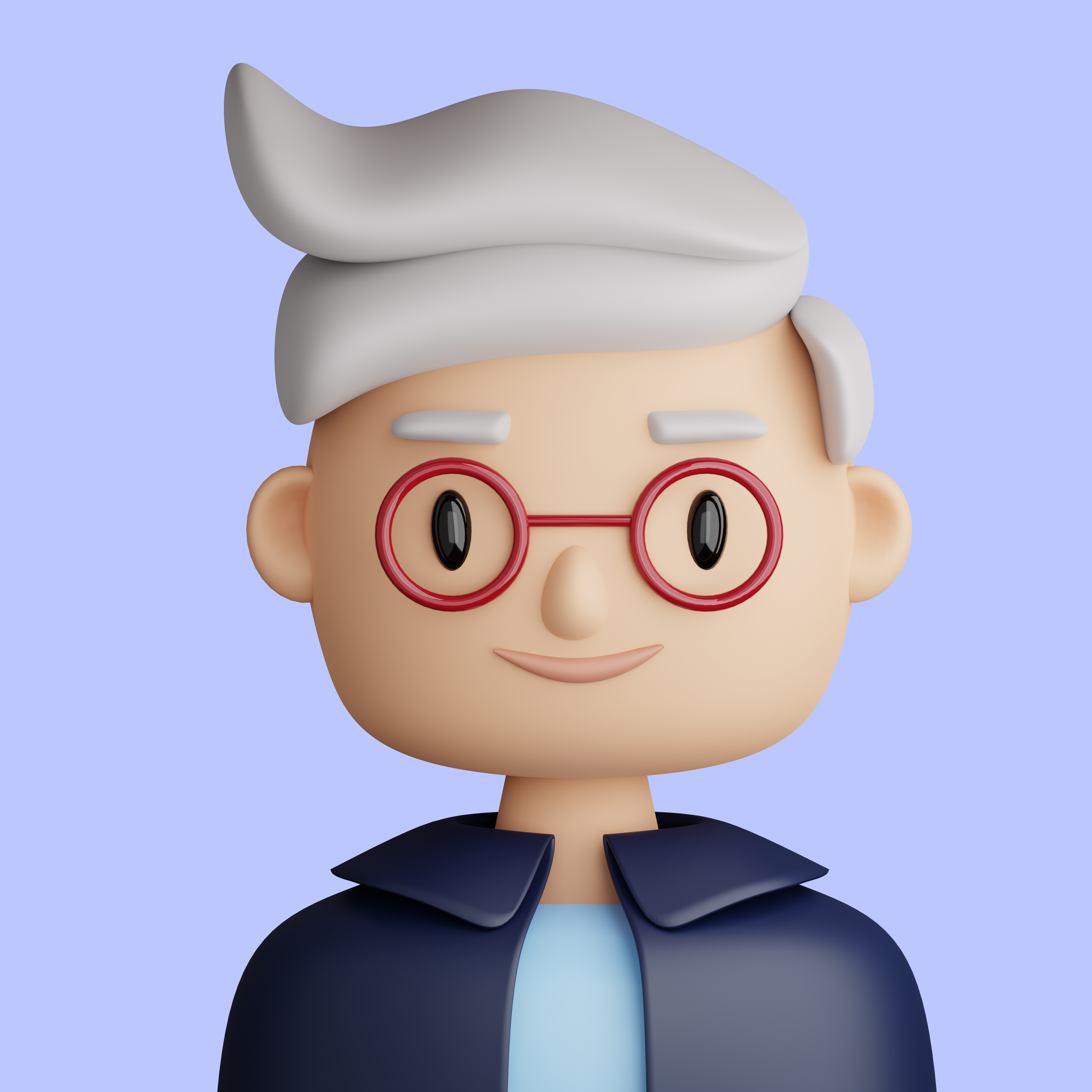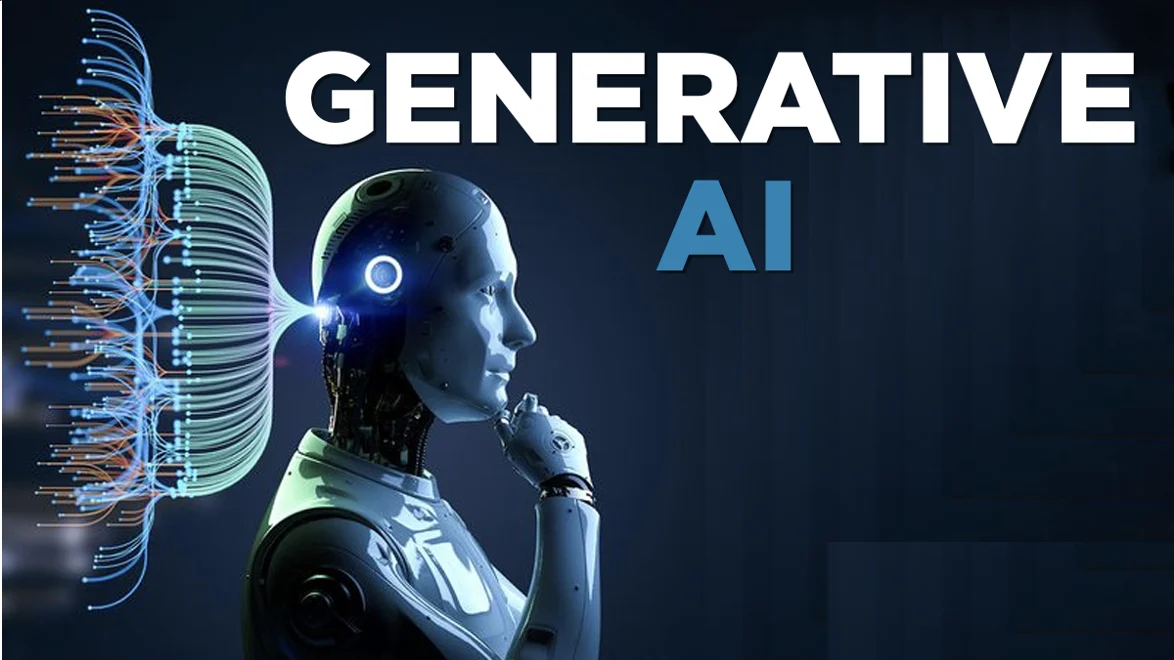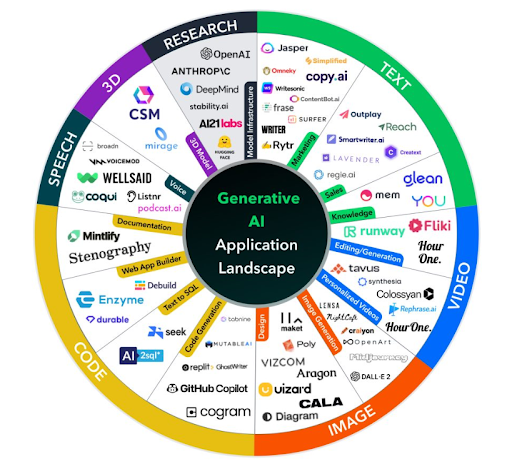How Generative AI is Used in Software Development (2025 Guide)
-
 Admin
Admin - 27 Apr, 2025

Software development has always been about innovation, speed, and efficiency. In 2025, Generative AI is making this transformation even more radical. By enabling machines to create, debug, and optimize code, generative AI is not just a tool — it’s becoming a critical collaborator in the development process.
In this guide, we’ll explore how generative AI is used in software development, its applications, real-world tools, challenges, and exciting future trends. Whether you are a budding developer or an enterprise architect, understanding this technology is crucial for staying competitive.
What is Generative AI in Software Development?
Generative AI refers to algorithms capable of creating new content — in our case, new code — based on patterns learned from vast datasets. It uses machine learning models, particularly deep learning, to understand coding structures, syntax, and logic patterns.

Unlike traditional AI that merely follows programmed instructions, generative models like OpenAI Codex can generate novel code solutions, write documentation, and even suggest architecture designs.
Fun Fact:
Generative AI is already assisting millions of developers worldwide to automate routine coding tasks and accelerate innovation.
Key Benefits of Using Generative AI in Software Development
The integration of generative AI in software development brings multiple tangible benefits:
| Benefit | Description |
|---|---|
| Increased Productivity | Developers can focus on complex logic while AI handles repetitive tasks. |
| Faster Code Generation | Tools like GitHub Copilot suggest entire code snippets instantly. |
| Enhanced Quality Assurance | AI identifies potential bugs and optimizes performance proactively. |
| Innovation and Experimentation | Developers can quickly prototype new ideas with AI-generated solutions. |
These advantages are transforming both individual workflows and enterprise-scale projects.
Real-World Applications of Generative AI in Software Development
1. Automated Code Generation
Platforms like GitHub Copilot and Amazon CodeWhisperer can generate functional code snippets based on simple natural language prompts. This drastically cuts development time.
2. AI-Driven Testing and Debugging
AI tools automatically write unit tests, detect bugs, and even propose fixes. Diffblue Cover is a fantastic example.
3. Smart Documentation Creation
AI models can now generate technical documentation based on code comments and structure, making it easier for teams to maintain large codebases.
4. Code Refactoring and Optimization
Generative AI suggests more efficient code patterns, improving performance and maintainability over time.
5. Project Management and Requirement Analysis
AI can summarize client requirements, suggest milestones, and help manage Agile sprints more effectively.
How Generative AI Improves the Software Development Lifecycle (SDLC)
The Software Development Lifecycle (SDLC) is evolving rapidly with AI:
AI in Requirement Gathering
Generative AI analyzes user needs and historical data to create detailed requirement documents, reducing miscommunication.
AI in Design and Prototyping
Tools like Figma AI and UXPin Merge help designers and developers generate wireframes and prototypes rapidly, promoting better collaboration.

AI in Coding and Development
AI code assistants suggest entire code blocks, detect bugs while typing, and automate repetitive functions.
AI in Testing and QA Automation
Platforms such as Testim use generative AI to automate UI and unit testing, ensuring better coverage and faster iterations.
AI in Deployment and Infrastructure Management
AI bots monitor system performance post-deployment, predict failures, and optimize resource allocation without human intervention.
Popular Generative AI Tools for Developers
Here’s a curated list of powerful generative AI tools reshaping software development:
| Tool | Key Feature | Website |
|---|---|---|
| GitHub Copilot | AI code completion in IDEs | Visit |
| Tabnine | AI-based autocompletion engine | Visit |
| Amazon CodeWhisperer | AI recommendations for AWS developers | Visit |
| OpenAI Codex | Natural language to code translations | Visit |
| Kite | Lightweight, real-time coding assistant | Visit |
Each of these tools can be integrated into your workflow to supercharge productivity and quality.
Challenges and Limitations of Using Generative AI in Development
Despite its potential, integrating generative AI into software development brings notable challenges:
- Data Privacy and Security Concerns: AI models trained on public datasets may unknowingly expose sensitive information.
- Bias in AI Models: Inherited biases from training data can affect code quality and ethical outcomes.
- Quality Control and Human Oversight: AI-generated code needs rigorous human review to avoid security vulnerabilities.
- Ethical Considerations: Ownership and licensing of AI-generated code are still gray areas legally.
Developers must stay vigilant and treat AI as a powerful assistant rather than an infallible source.
Future Trends of Generative AI in Software Development
Looking ahead, the fusion of generative AI and software engineering is only going to get deeper and more transformative:
AI-Powered Autonomous Programming
Future AI models may independently build full applications from scratch based on abstract human instructions.

Explainable AI in Development
Tools will soon provide explanations for AI-generated code decisions, helping developers understand and trust AI outputs better.
Collaborative AI Tools for Teams
AI will work as an intelligent project manager, handling version control, pull requests, and sprint retrospectives.
Continuous Learning Models
Next-gen AI systems will learn from the developer’s style, making their suggestions hyper-personalized and accurate.
🔗 Related Read: The Role of Explainable AI in Software Development
Conclusion
Generative AI is revolutionizing the way software is designed, developed, and deployed. From automated coding to AI-driven project management, it empowers developers to move faster, build smarter, and achieve more.
However, with great power comes great responsibility. As developers, we must ensure that AI usage remains ethical, secure, and complementary to human creativity.
Those who embrace and adapt to this AI-powered future will lead the next wave of technological innovation.
🚀 Ready to level up your skills? Start integrating AI tools into your development process today and ride the wave of the future!
FAQs
How does generative AI assist software developers?
Generative AI helps automate coding, bug fixing, documentation, and testing, freeing up developers to focus on high-value tasks.
Can AI replace human programmers?
Not yet. While AI can generate code, human developers are still crucial for complex problem-solving, creativity, and ethical oversight.
What are the best AI coding assistants in 2025?
GitHub Copilot, Amazon CodeWhisperer, Tabnine, and OpenAI Codex are among the best tools currently.
Is using AI in software development secure?
When combined with best security practices and regular human oversight, AI in software development is generally secure.